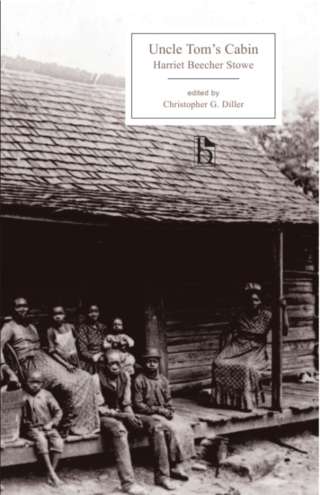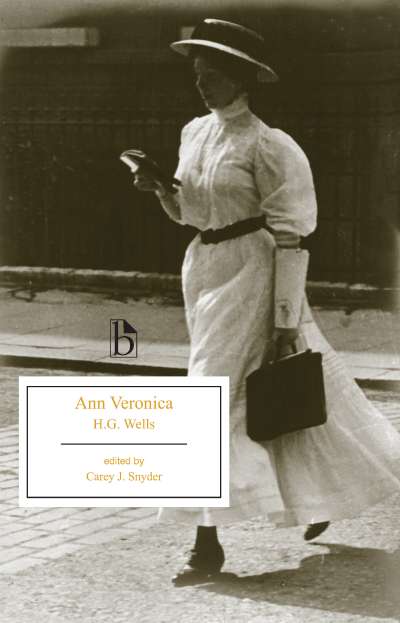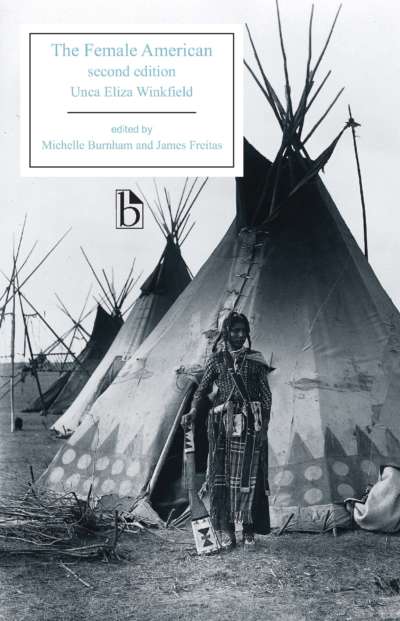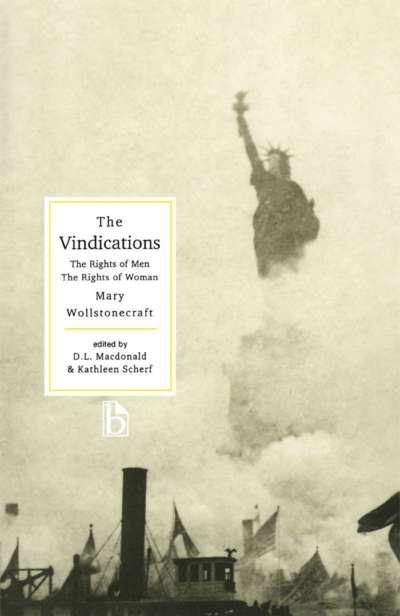
The sentimental antislavery novel Ida May appeared so like its predecessor in the genre, Uncle Tom’s Cabin, that for the month of November 1854, reviewers looked for Harriet Beecher Stowe’s hand in the narrative. Ida May explores the “possibility” of white slavery from the safety of an exciting, romantic narrative: Ida is kidnapped on her fifth birthday from her white middle-class family in Pennsylvania, stained brown, and sold into slavery in the South. Traumatic amnesia brought about by a severe beating keeps her from knowing who she really is, until after five years in slavery her identity is recovered in a dramatic flash of recognition. To the abolitionists of the period, fictional narratives of white enslaved children offered a crucial possibility: to unsettle the legitimacy of a race-based system of enslavement.
The historical appendices to this Broadview Edition provide context for the novel’s reception, Pike’s racial politics, and the “problem” of white slavery in nineteenth-century abolitionist writing.
Comments
“This welcome edition of Ida May: Story of Things Actual and Possible restores an unjustly forgotten abolitionist novel to wide availability. Ida May itself is a politically sophisticated and aesthetically intriguing work that both resonates with and departs from the better-known antislavery fictions of Lydia Maria Child, William Wells Brown, Martin Delany, Frederick Douglass, and Harriet Beecher Stowe, as well as the mid-century ‘orphan novels’ of Maria Cummins, E.D.E.N. Southworth, Susan Warner, and others. Jessie Morgan-Owens’s research and editorial work expertly frame the novel’s historical and contemporary relevance, making it especially accessible and appealing for undergraduate and graduate courses on the US novel, American women’s writing, and transnational antislavery resistance literature.” — Martha Schoolman, Florida International University
Acknowledgements
Introduction
Mary Hayden Green Pike: A Brief Chronology
A Note on the Text
Ida May: Story of Things Actual and Possible
Appendix A: “Who Wrote Ida May?”: The Sentimental Antislavery Novel and Genre Formation
- From the Evening Post (New York) (November–December 1854)
- From the Boston Daily Atlas (November 1854)
- From the Portland Transcript (25 November 1854)
- From the Boston Evening Telegraph (November 1854)
- From the Boston Daily Courier (14 December 1854)
Appendix B: Contemporary Reviews
- From the Independent (New York) (16 November 1854)
- From the National Era (16 November 1854)
- From “Ida May, The Kidnapped White Slave,” Liberator (17 November 1854)
- From Frederick Douglass’ Paper (November 1854 and January 1855)
- Negative Reviews
a. From the Daily Evening Traveller (Boston) (22 November 1854)
b. From the New York Daily Tribune (22 November 1854)
c. From Putnam’s Weekly (January 1855)
- Southern Reviews
a. From the Alexandria Gazette (Virginia) (25 November 1854)
b. From the Southern Quarterly Review (1 July 1855)
Appendix C: Advertisements for Ida May
- 13 November 1854
- 6 January 1855
- 12 January 1855
- Frederick Douglass’ Paper (27 April 1855)
Appendix D: Kidnapping and White Slavery
- “The Story of Ida May,” Boston Daily Atlas (23 December 1854)
- From William Craft, Running a Thousand Miles for Freedom (1860)
- Lydia Maria Child, “Mary French and Susan Easton,” Juvenile Miscellany (May 1834)
- From Francis Colburn Adams, Our World, The Slaveholder’s Daughter (1855)
- Charles Sumner, “Another Ida May,” Boston Telegraph (27 February 1855)
Appendix E: Mary Hayden Green Pike’s Racial Politics
- Caroline F. Putnam, Liberator (21 October 1859)
- From Mary Hayden Green Pike, Caste: A Story of Republican Equality (1856)
- From Frederick A. Pike, “Tax, Fight, Emancipate,” Congressional address (5 February 1862)
- M ary Hayden Green Pike, “John Brown in Prison” (c. 1859)
Works Cited and Suggested Reading
Jessie Morgan-Owens is Academic Director at Bard Early College in New Orleans.


















